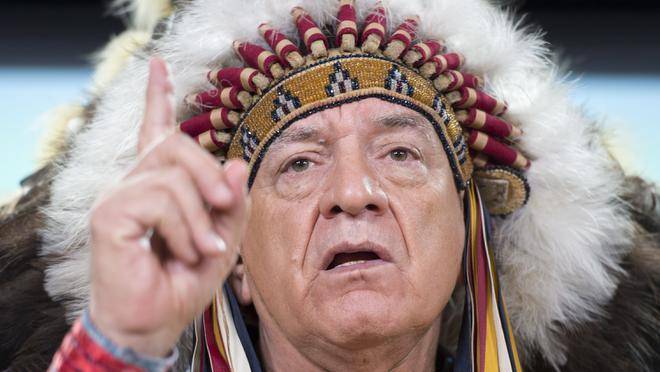
Written by: Alek Hidell
Progressives aren’t the only ones fighting the Keystone XL Pipeline these days. The Native American community is fighting it as well. While the Keystone Pipeline has become a talking point in Washington, I find that most people I speak with about it, don’t really know much about it at all. First off, the Keystone XL Pipeline is a proposed extension to the already constructed Keystone Pipeline System which carries unrefined oil from Canada to Illinois and Texas. Once received, the oil is cleaned and refined into usable petroleum before being shipped over seas for market. Currently there are three phases of the Keystone Pipeline. The XL is the fourth proposed extension of the already existing pipeline which starts in Alberta Canada. From Alberta it would pass through Baker, Montana, where American oil is added to the pipeline. The XL extension then meets the existing pipeline in Steele City, Nebraska.
The reason that the Keystone XL Pipeline has received so much attention in the news is due to the controversy over the its impact on environmentally sensitive Sand Hills region of Nebraska. Sand Hills is the largest wetland ecosystem in the US. Home to over 300 species of vertebrates, the Sand Hill dunes were declared a national monument in 1984. Despite national conservation efforts, Senate and House Conservatives want to push through the pipeline extension, despite the effects it will have on the environment. In addition to the environmental lands endangered by the pipeline, the majority of the oil coming through the pipeline contains oils sands, which many believe to be the dirtiest form of fossil fuel.
While the battle continues in Washington, another kind of battle is being fought by the Native American tribes of South Dakota. Within the Native American community, there is debate over whether or not the short term jobs created and much needed boost to the economy is worth the risk to the environment and public safety. The tribes of South Dakota are known to be some of the poorest of all Native Americans. While the money would help the communities, there are a number of other factors which frighten them to the point of saying no. One stance is that the pipeline would disturb sacred ground and waters. A rarely heard of stance from the women of the tribes has to do with rape. Federal statistics show that one in three Native American women is sexually assaulted in their lifetime by non-native males. The pipeline workers would all be temporary workers from out of the area who would be residing nearby in work camps. This has brought concern to the women of the community.
The Native American tribes are organizing against the pipeline and have created what they call resistance training. Resistance training, while mostly secretive, teaches the basics of protesting. Vigils, marches, civil disobedience and blockades are all on the training roster. While the Native American population is preparing for the worst, they hope for the best. They hope that they will not have to utilize the training they have begun and pray that the Keystone XL extension is never built.
_______________________________________________________________________________________________
Sources:
https://en.wikipedia.org/wiki/Keystone_Pipeline
https://en.wikipedia.org/wiki/Sandhills_%28Nebraska%29





Well i am native american and a agree with the natives of that area
What!!
No pipeline they are destroying